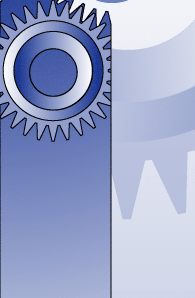Secondary Operations
NPM secondary operations give customers many options in completing the cycle of production. After examining the purpose of a specific part, NPM staff will suggest the necessary operations. Note that NPM can often make design or process recommendations which reduce the number of secondary operations. As a result, the customer realizes cost savings and shorter lead times.
Secondary operations may include:
- Steam Treating - improves corrosion resistance, seals porosity, improves appearance, increases hardness and wear resistance;
- Tumbling/Finishing - enhances appearance and controls burrs;
- Heat Treating - increases hardness, strength and improves wear resistance;
- Sizing - increases density, improves strength and ability to meet closer tolerances;
- Drilling & Tapping - threads parts when required;
- Special Handling - allows production of fragile parts;
- Plastic Impregnating - prepares for plating and improves machine ability;
- Plating - improves corrosion resistance and enhances physical appearance;
- Rust Inhibiting - improves shelf life and protects from environmental conditions;
- Vacuum Impregnating - ensures maximum oil content in the parts' natural porosity;
- Machining - allows additional features not available in the standard process of powdered metal;
- Assembling - makes use of multiple components in a single use product.








